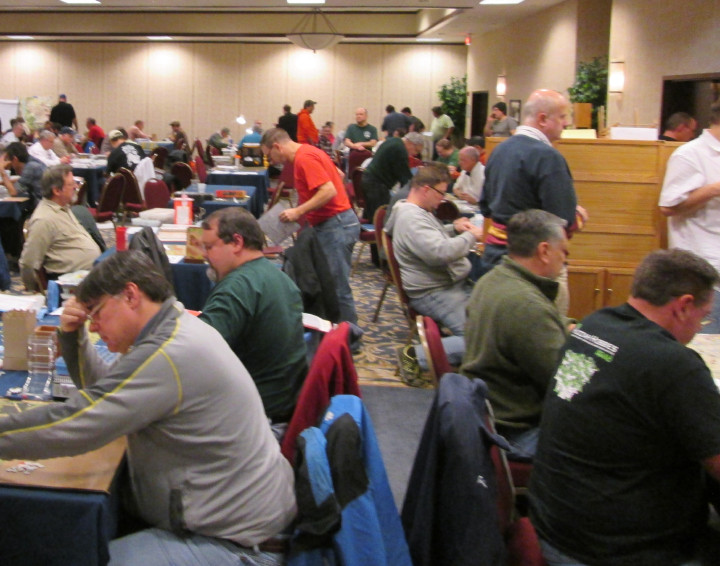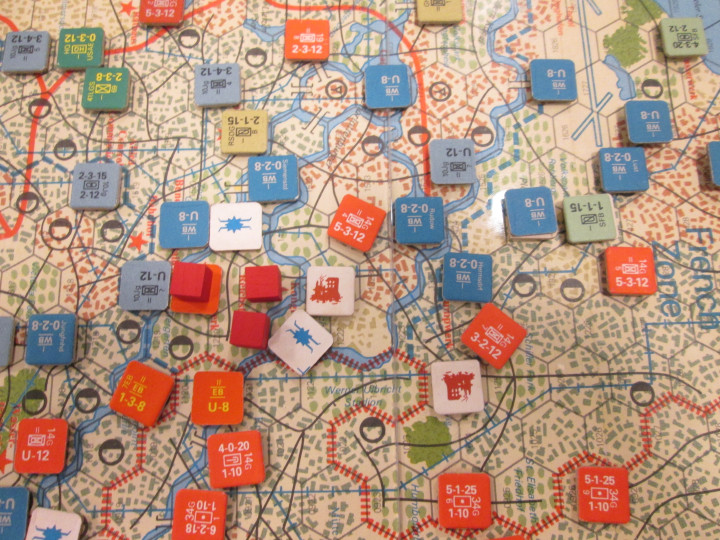If you think it’s hard to get your friends to play your complicated wargames with you, try getting a computer to do it. Playdek and GMT Games have given it a try with their digital edition of Twilight Struggle, a card-driven conflict simulation of the Cold War, originally released in 2005, that just happens to be one of GMT’s very best sellers of all time and a cross-over hit with non-wargamers.
I’ve had a chance to spend some time with the early access version of the game, which I received by virtue of backing the game during its 2014 Kickstarter campaign. I’m certainly no pro at Twilight Struggle, but while I was able to win my first two games (via Final Scoring, once each as the USA and USSR), I was pleased with the amount of resistance the Artificial Intelligence put up. The designers have provided a nice look at their efforts to teach the game to the AI, and I found the AI’s unpredictability to be its greatest asset.
Usually, against my regular Twilight Struggle opponents, I have a rough sense of their thinking process and can broadly figure out what’s coming next. Against the AI, I had zero idea why, for instance, there were influence plays into Central and South America in Turn One. (They are regions that do not score until Turn Four at the earliest, making them low priorities.) That unpredictability nicely encapsulates the experience both governments had of not entirely understanding their opponent’s intentions during the Cold War, I suppose, and I needed to play, quite happily, a much different game than usual because of it. Further iterations of the AI can only increase its strength and gameplay.
The interface gave me more of a challenge than the AI, I must admit.

Twilight Struggle involves quite a bit of information for the player to keep track of, and to its credit, the interface keeps most of it accessible to the player at all times. The top row of information feels cramped, though, and for a player not familiar with all of the cards, the lack of immediate information about their powers could be off-putting. There’s a real mishmash of fonts as well that can be a bit jarring. I’d have preferred a cleaner, more consistent aesthetic, using the font from the cards themselves as often as possible. The interface feel is of a tablet/phone game—understandable, as that’s the target market here. The Mac/PC port plays well enough, particularly when taking advantage of the larger screen space allowed. Too, this is still early access software, so hopefully changes will be made to clean up the interface a bit.

Overall, my qualms about the presentation aside, it’s nice to have a version of Twilight Struggle playable on computer and against a computer opponent. Throw in the ability for online play and there’s the real possibility that, thanks to this digital edition, Twilight Struggle will remain one of my most played games of all time.










